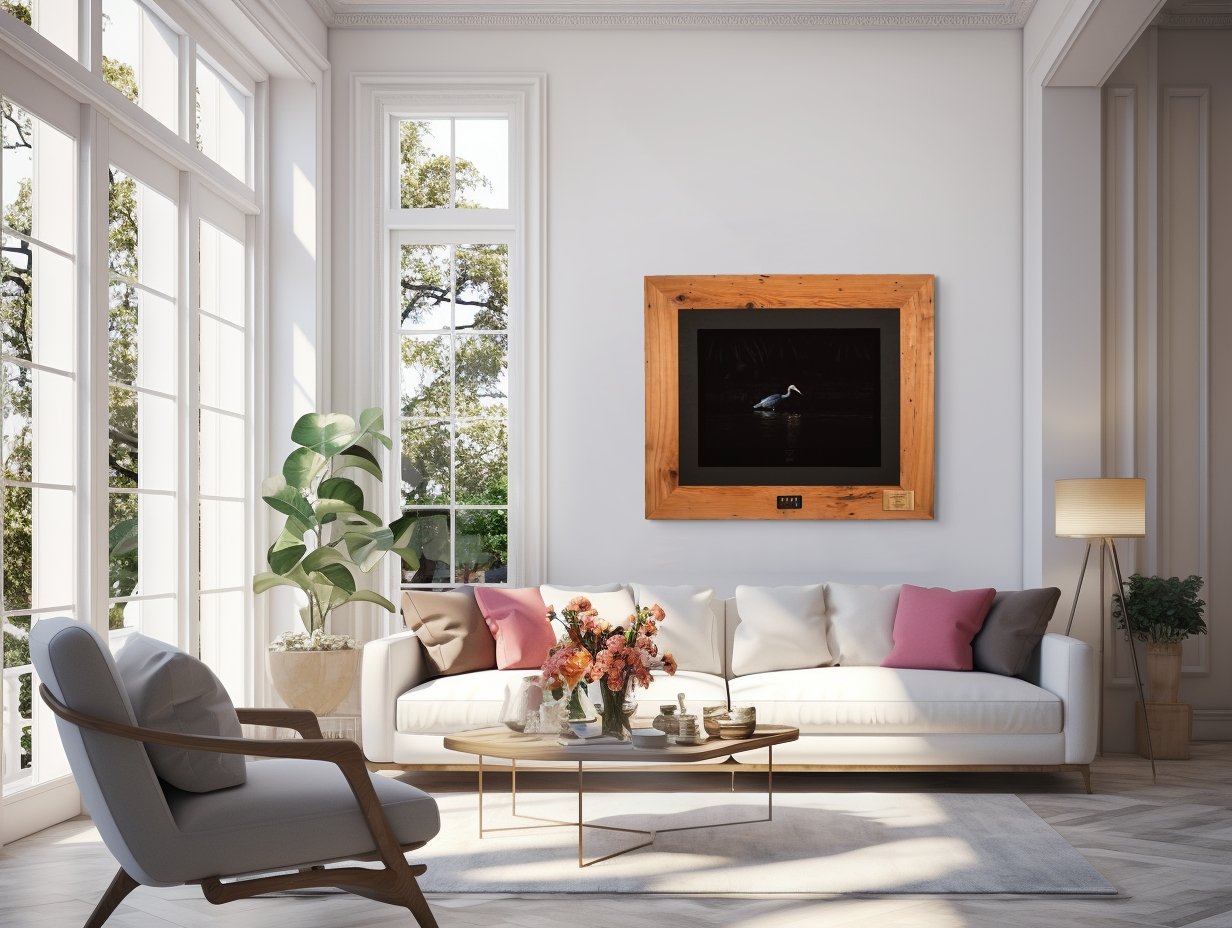Little Blue Heron - Old Blind Pass, Sanibel, FL




Little Blue Heron - Old Blind Pass, Sanibel, FL
Little Blue Heron (Egretta caerulea), Adult
Kayaking through Old Blind Pass is one of my favorite ways to take photographs and it almost never disappoints. This morning was no different. As it was fishing in the early morning rays, I waited until this Little Blue stepped out into the spotlight for the photo. This photo was taken 2/10/22 at 8:32 am.
WeForest Donation: $390 (What is this?)
Print Number: 1/3
Print Size: 20 x 30
Total Dimensions: 43.5 x 51.5
Hanging equipment and certificate of authenticity included.
PHOTOGRAPH
Little Blue Heron (Egretta caerulea)
Little Blue Herons are the silent assassins of the marshland, stealthily patrolling the shallows and grasses looking for small fish and amphibians. When they decide to speak up, however; you can’t miss their awkward loud squawking.
As juveniles, these birds don all white feathers. Biologists speculate that this white phase, as its known, helps the youngsters mingle with other heron and egret species, allowing them a bit of protection and better odds in hunting. In their transition from white to blue, their patchy in-between phase is known as “Calico.”
One inventive adaptation of the Little Blue is a row of “teeth” on one of their toes that serves as either a comb or backscratcher, you decide.
LOCATION
Sanibel Island, FL
Sanibel Island is in southwestern Florida, off the coast of Fort Myers. The island seems to have been created, along with Captiva just north and connected by a short bridge, around 6,000 years ago. The first humans, the Calusa Indian Nation, arrived 3,500 years later.
Sanibel, the city, was formed in 1974. Home to Bailey Tract Wildlife Preserve, The J.N. “Ding” Darling Wildlife Refuge, Bowman’s Beach Park, and Tarpon Bay, all protected areas with abundant wildlife, preserving the natural areas has been a main focus of the city since its founding. Currently, around two-thirds of the island is fully protected from development.
It is also a sanctuary for shellers. Due to its geographic location and the currents that flow around the island, immense numbers of shells wash upon the shores.
Sanibel will always be a special place for me personally. I first visited Sanibel at a mere ten weeks old. From this place, I grew up learning about nature, animals, ecosystems, climate, and our home, planet Earth. When I was a child, we routinely saw Bobcats, 12-16 foot Alligators, and Spoonbill after Spoonbill after Spoonbill. Unfortunately, once abundant wildlife is harder to see unless you know where to look. Some of this change is due to development and the destruction of the habitat, mostly though, its due to our warming climate.
We tend to not think of this in the present moment, but some of these magnificent creatures that I photograph may not be around in another twenty years, much less 100. We must appreciate them while they are still with us.
Old Blind Pass
Bowmans Beach, beautiful and isolated, is a public beach park on Sanibel Island that allows its visitors great shelling opportunities and wildlife viewing. From the parking lot one can also access a put-in for kayaks and canoes that gives you access to Old Blind Pass, a mangrove-banked inland waterway.
Osprey and Eagles can be seen as they hunt and perch on snags high above the water. Manatee are common, meandering up the bayou, grazing as they go.
We visited this area many times when I was a child and although we kayaked in Tarpon Bay and other places on Sanibel, only recently have I begun to discover the treasures of Old Blind Pass. It is yet another unique ecosystem on the incredibly diverse island.
FRAME
Bald Cypress (Taxodium distichum)
Bald Cypress, the giant of the swamp, is a stately, slow growing native of the southeastern United States. Very tough it can adapt to thrive in a wide range of soils, including very briny, salty, and water soaked areas. Able to grow very tall, it has great stability at its base thanks to its “knees.” The tallest known Cypress was about 145 feet tall. All of the Bald Cypress I have used in my frames has come from different parts of Louisiana.
THE ELEMENTS
Fire, Water, Earth, and Air
In the display case in the bottom of the frame, four items are preserved glass vials. The items represent the elements: fire (wood charcoal), water (mineral oil), earth (soil), and air (a milkweed seed). I include these items in my work as a symbol of the interconnectedness of all life on earth, and as a reminder that humans must do better.
The Plaque
I engrave a wooden information plaque for each work. The plaque includes what the photograph is of, the location of the photograph, what type of wood the frame is made of and where I got the wood from. The plaques also explain what the vials are in each display case, and even state the meaning of my logo. The plaques are attached magnetically and can be removed to read or to store on the back of each frame if you prefer not to have it displayed on the front.

